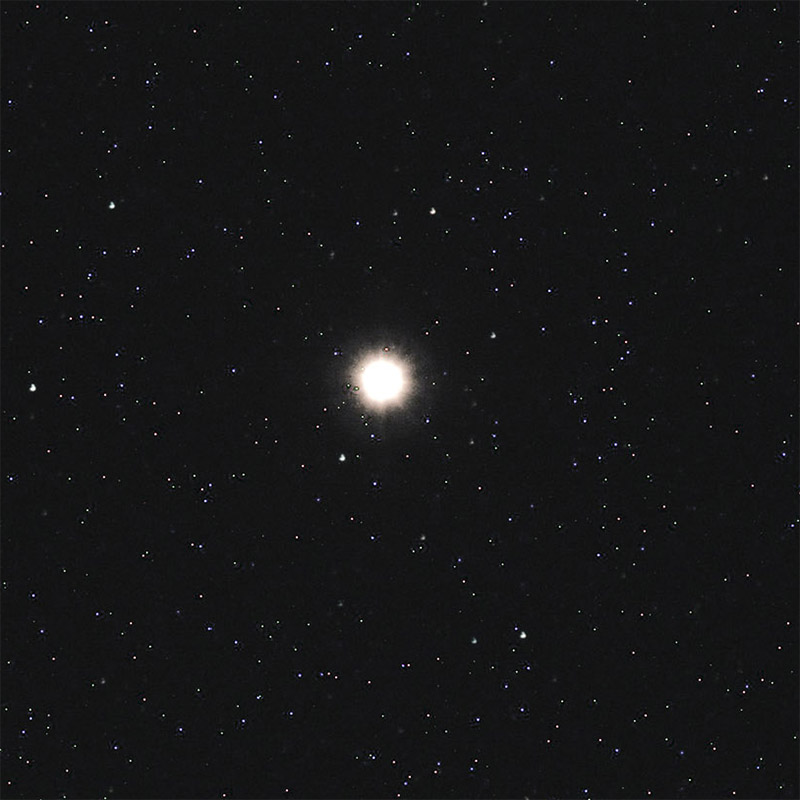Betelgeuse

Credits: Keith Turnecliff, Nerja, Spain
Astronomers say big cool patches on a "supergiant" star close to Earth were behind its surprise dimming last year. Red giant stars like Betelgeuse frequently undergo changes in brightness, but the drop to 40% of its normal value between October 2019 and April 2020 surprised astronomers. Researchers now say this was caused by gigantic cool areas similar to the sunspots seen on our own parent star. There had been speculation that Betelgeuse was about to go supernova. But the star instead began to recover and by May 2020 it was back at its original brightness. Betelgeuse, which is about 500 light-years from Earth, is reaching the end of its life. But it's not known precisely when it will explode; it could take as long as hundreds of thousands of years or even a million years. When the giant star does run out of fuel, however, it will first collapse and then rebound in a spectacular explosion. There is no risk to Earth, but Betelgeuse will brighten enormously for a few weeks or months. It should be visible in daylight and could be as bright as the Moon during night time. Because it takes about 500 years for the light to reach us, we would be viewing an event that had happened centuries in the past.
Facts about Betelgeuse by Keith Turnecliff
Betelgeuse is a red supergiant star, nearly 1,000 times larger than the Sun.

This star chart represents a view from Long Itchington for mid-January at 10pm.
Credits: Image courtesy of Starry Night Pro Plus 8, researched and implemented by Keith Turnecliff.